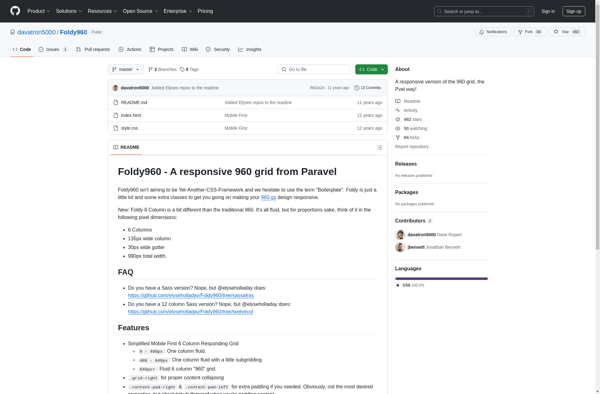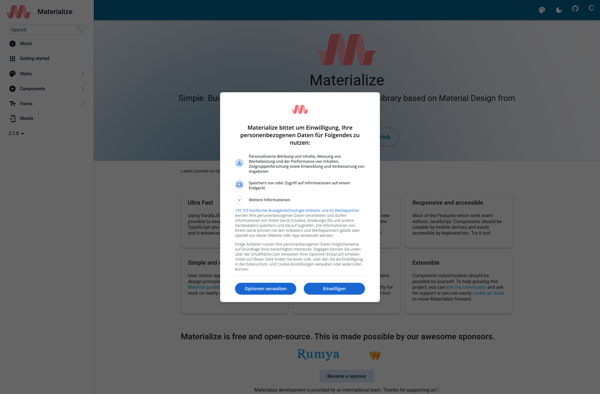Foldy960

Foldy960: Lightweight Protein Structure Prediction and Analysis Software
A lightweight, open-source software for predicting protein structures using advanced machine learning algorithms, available on multiple platforms.
What is Foldy960?
Foldy960 is an open-source software tool designed specifically for protein structure prediction and analysis. It incorporates sophisticated machine learning algorithms to predict the three-dimensional structure of protein molecules based solely on their amino acid sequence.
Unlike many other protein structure prediction software, Foldy960 focuses specifically on predicting folding patterns and secondary structure elements. It utilizes neural networks and support vector machines trained on large datasets of known protein structures. This allows Foldy960 to predict key structural properties very accurately.
In addition to structure prediction, Foldy960 also includes useful tools for visualized and analyzing predicted protein models. Users can view and manipulate 3D protein models interactively to study structural features. The software also produces detailed reports assessing the accuracy and confidence of structure predictions.
Some key advantages of Foldy960 include its user-friendly graphical interface, cross-platform compatibility, high prediction accuracy relative to comparably fast algorithms, and its open-source code base allowing customization. Its balance of speed and predictive power makes it suitable for high-throughput annotation of genomic sequences as well as focused studies of individual protein families.
In summary, Foldy960 brings together some of the latest advanced in machine learning for protein structure modeling into an accessible open-source package suitable for many applications in computational molecular biology.
Foldy960 Features
Features
- Protein structure prediction from amino acid sequence
- Homology modeling and threading
- Ab initio folding simulations
- Molecular dynamics simulations
- Protein-protein docking
- Machine learning for structure prediction
- Visualization and analysis of protein structures
Pricing
- Open Source
Pros
Cons
Official Links
Reviews & Ratings
Login to ReviewThe Best Foldy960 Alternatives
Top Science & Education and Bioinformatics and other similar apps like Foldy960
Here are some alternatives to Foldy960:
Suggest an alternative ❐Tailwind CSS

Materialize

Material UI

UIkit

Tailwind UI

Purecss

HTML5 Boilerplate

Skeleton

Semantic UI

Topcoat
